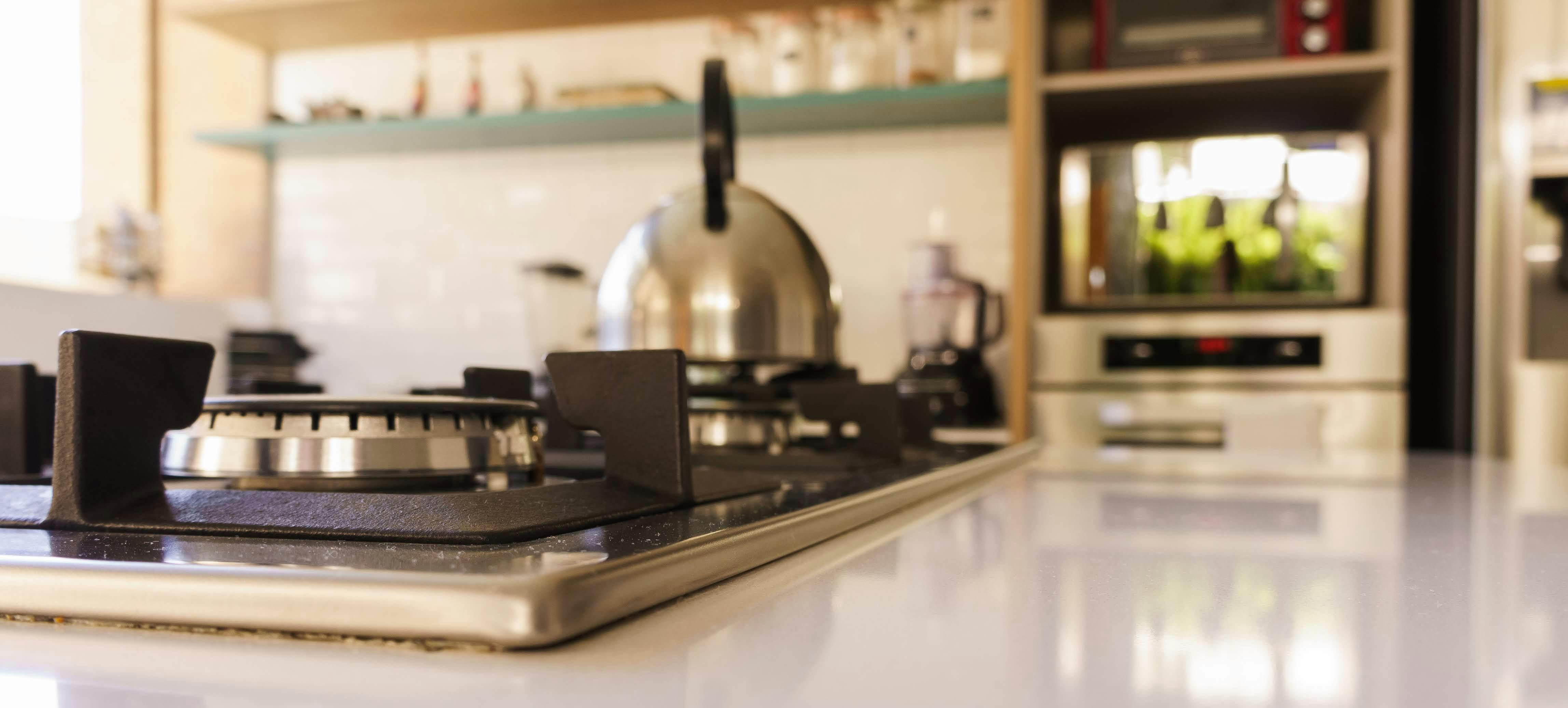Rental property depreciation (also known as cost recovery) is one of the biggest tax deduction benefits real estate investors enjoy when owning rental properties.
The beauty of the rental property depreciation allowance lies in the fact that it is simply a “paper loss” that the real estate investor can write off during each year the rental property is owned without having to shell out a dime. from your pocket.
The investor can legally deduct a depreciation amount as cost recovery each year from the cash flow they earned from the asset during the last twelve months of ownership and thereby reduce their prior year tax liability. But unlike, say, mortgage interest (which is also a legal tax deduction), real estate investors never have to shell out money for rental property depreciation.
In this article, we will discuss rental property depreciation; including its concept, limits, application and formula.
The concept behind a deduction for tax depreciation is based on a principal known as “useful life.” The idea is simple. That no matter how grand and prestigious a building is when it is built, any physical structure has a physical life and will eventually wear out, deteriorate, or become obsolete. In other words, brick and mortar is finite and can realistically only last so many years.
In addition (as a result of this deterioration), the owner is therefore suffering a financial loss in owning the property (because it is deteriorating) and as such should be given the benefit of “recovering the cost” of his income taxes. as a consequence of the reduction in the useful life of the property.
This is the purpose of IRS Form 4562. Therefore, an owner of a rental income property can claim a tax depreciation deduction on any rental property he has owned during the last twelve months.
That seems fine to me. So let’s consider some of the limitations the IRS has on real estate investors trying to get this tax deduction for the rental income properties they own.
In order for a taxpayer to take a rental property depreciation deduction, the property must meet at least the following requirements:
- A taxpayer must use the property in a business or income-generating activity (a personal residence does not count).
- The property must have a determinable useful life of more than one year.
- The property cannot be put into service and disposed of in the same year.
Also, the depreciation tax deduction only applies to the physical structures (called “improvements”) of the property, not the land. There is no cost recovery allowance for the value of the land.
In addition, depreciation begins when a taxpayer places the property in service for use in the production of income (i.e., takes title) and ceases to be depreciable when the taxpayer has fully recovered the property’s cost or other basis or when the taxpayer withdraws it from service (ie, title of transfers); The thing that happens first. In other words, you won’t get a tax depreciation deduction for your income property after its “useful life,” or after you sell it.
Ok, so what does “shelf life” mean?
Useful life is a term used by the IRS to specify the number of useful years it attributes to rental property to arrive at the allowable depreciation deduction. However, useful life is used strictly for tax purposes only and does not necessarily imply the actual physical life expectancy of the physical asset. In this case, the tax code currently considers the useful life of residential property to be 27.5 years and that of non-residential property to 39 years.
For example, a building that derives all or nearly all (80% or more) of its income from housing units such as single-family homes, multi-family homes, apartment buildings, condominiums, etc. it is residential and therefore can be depreciated over 27.5 years. . Property that earns its income from non-residential sources, such as offices, retail space, and industrial tenants, is non-residential and therefore depreciated over 39 years.
Here is the calculation.
For our purposes, we’ll refer to an annual depreciation allowance and ignore what the tax code calls the “mid-month convention.” This convention applies to the year the asset is placed in service and the year it is disposed of and states that you are only allowed to take half of the normally allowed depreciation for any month the property is purchased and then sold. We are dealing only with the depreciation tax allowance taken annually during the holding period between the purchase and the sale.
First, determine the depreciable basis. This is essentially the original value of the rental property improvements (remember, you cannot depreciate the land). Then divide that depreciable basis by what the current tax code attributes to the useful life of the rental property.
Depreciation Reserve (annual) = Depreciable Base / Useful Life
For example, let’s say you purchased a duplex thirteen months ago for $500,000, of which you attribute $400,000 to the building and $100,000 to the land. What is your annual depreciation allowance?
In this case, the depreciable basis is $400,000, the useful life is 27.5 years because it is a residential property and since it is not in the year of purchase or sale, the mid-month convention does not apply.
Depreciation Reserve (annual) = Depreciable Base / Useful Life
Depreciation allowance (annual) = 400,000 / 27.5 = 14,545
Of course, there is much more to rental property depreciation than we have discussed here, such as capitalized acquisition costs and capital additions or improvements to the property. But I hope you got the idea. Naturally, we strongly recommend that you always consult a qualified tax attorney before making any real estate investment decisions.
Just so you know. Rental property depreciation is just one of dozens of real estate calculations that can be done and learned with the online real estate calculator developed for this purpose.
